This post is also available in:
 French
French  Malagasy
Malagasy
In Madagascar, members of the community of Belo-sur-Mer – primarily women – have taken up the challenge of village aquaculture.
I had no future before seaweed farming. My sons had left the village, and I could not support myself because I am too old to fish. Now there is a way to make a living, and not just for me. People have hope that they can live here for a long time to come.” – Madame Tunisia
I can’t help but feel happy for Madame Tunisia and her fellow farmers, who recently told their story in a video done for other community members. Our village, Belo-sur-Mer, on the southwest coast of Madagascar, is known throughout the country for its marine carpenters who build botry, traditional schooners. Due to the geographical isolation, the arid climate, and the lack of infrastructure, other economic activities are limited, with fishing being the main activity. However, climate change is depleting marine life, also affected by overfishing due to population growth and the arrival of small-scale and industrial fishers from outside. In 2020, a study published in Frontiers in Marine Science scientifically confirmed what fishers in the region have seen for the past few decades: the number and size of fish are in sharp decline.
Due to the decline of fish, Blue Ventures supported the community members of Belo-sur-Mer and the surrounding area to find an economic activity other than fishing that allows them to live off the sea sustainably. The community selected red seaweed farming. The red seaweed, known as Cottonii, is a valuable texture agent in the food and cosmetic industries.
But why seaweed farming?
The communities favoured seaweed farming due to support from the private company COPEFRITO (which would become Ocean Farmers later) that was already working with seaweed farmers in Velondriake Marine Protected Area, 150 km further south. Another reason was that seaweed farming allows for several cultivation cycles per year, providing a regular income. The activity also offered women a chance for economic empowerment, who formed the vast majority of the first farmers since men mainly went out to fish. My colleagues Solo, Tôto, and I, all from the village, were trained by COPEFRITO for a month to train the first 30 farmers. We focused mainly on practicals: taking cuttings, installing ropes with cuttings in the sea, maintenance of equipment, harvesting, drying, sorting, and bagging. We helped each farmer choose their first plot and set it up as this was the most challenging work, especially when lines needed to be reinforced with heavy sandbags. We always helped with installing the new lines and with the weighing in the store before the sale. For the initial learning period, the farmers’ objective was to reach the expected productivity for 60 lines of seaweed gradually. The seaweed farming soon provided the community members like Ms. Filiany Raharisoa, a mother of seven married to a fisher, with additional income.
I can pay school fees for my children to go to school – a privilege I have never had.” Filiany Raharisoa, a seaweed farmer.
The trigger
We discussed monthly with the farmers to assess progress, challenges, and successes to sustain the process. We realised over time that learning good farming methods was not enough: the motivation and productivity of the farmers depended on sound production and income from seaweed farming. So by involving a coordinator, we set up a performance monitoring model, increased the seaweed lines by hundreds to maximise production, and strengthened our support to farmer groups. Ocean Farmers then set the price per kilo of seaweed according to each farming zone’s objectives and market price. The performance monitoring model has two criteria.
The first criterion is quantitative accounts of things like the weight of seaweed harvested per line and per growing cycle and the attendance of farmers on the plots. The second criterion is qualitative and considers good farming practices such as quality of cuttings, monitoring of disease and fish grazing, and good environmental practices, as explained by Thomas Picart, Director of operations at Ocean Farmers. The farmers became members of the locally managed marine areas (LMMAs) association. Their membership led to the inclusion of seaweed farming in the community-led management processes and facilitated farmers’ engagement in conservation efforts. This is also intended to reduce conflicts over space sharing between seaweed farmers and botry builders. The close support offered to the farmers, and the strategy to connect it to the performance of each plot was a trigger. The farmers expanded their fields and devoted more time to seaweed farming as a fully-fledged economic activity.
Seaweed farming now is the main source of income for my family. I have built a sturdier house, and my husband has reduced his fishing efforts to help with the seaweed farming” – Filiany Raharisoa.
In 2020, Ocean Farmers set a target of 80 tons of dry seaweed per year. If the farmers reached the target, it would prove that the business was profitable and that the company could set up a permanent team in Belo-sur-Mer. The target was well exceeded, with the 82 farmers producing 92.4 tons of dry seaweed (an increase in production of more than 350% between 2018 and 2020). A few months ago, Blue Ventures transferred the direct steering of the activity to Ocean Farmers.
It is estimated that women farmers devote about 90% of their working time to seaweed farming and 10% to fishing with their husbands,” says Thomas Picart. “Generally speaking, 15 to 20% of farmers devote themselves almost exclusively to seaweed farming”.
To build financial resilience among community members, community savings groups, based on the SILC methodology of the NGO Catholic Relief Services, have been established. The groups are open to all, but the seaweed farmers are the most motivated and the biggest participant group.
Thanks to seaweed farming, we can give meat to our children on feast days and earn a living when bad weather prevents fishing,” says Madame Tsaravelo.
By François ANDRIANOMENJANAHARY, Aquaculture Supervisor, Belo sur Mer, Madagascar
Discover the ambitious challenge of community-led sea cucumber aquaculture in southwest Madagascar and find out how aquaculture is boosting the bio-economy in Zanzibar.
Thanks to Norges Vel – the Royal Norwegian Development Corporation – for their support in the early years of our aquaculture programme in the Velondriake Marine Protected Area and the Belo-sur-Mer area.



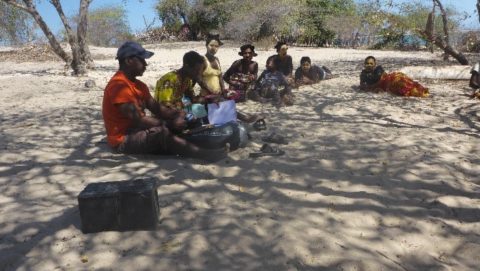

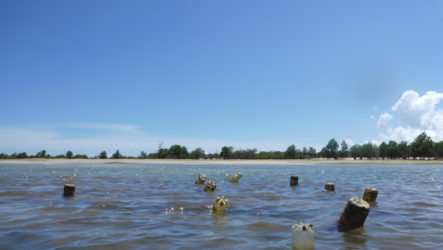
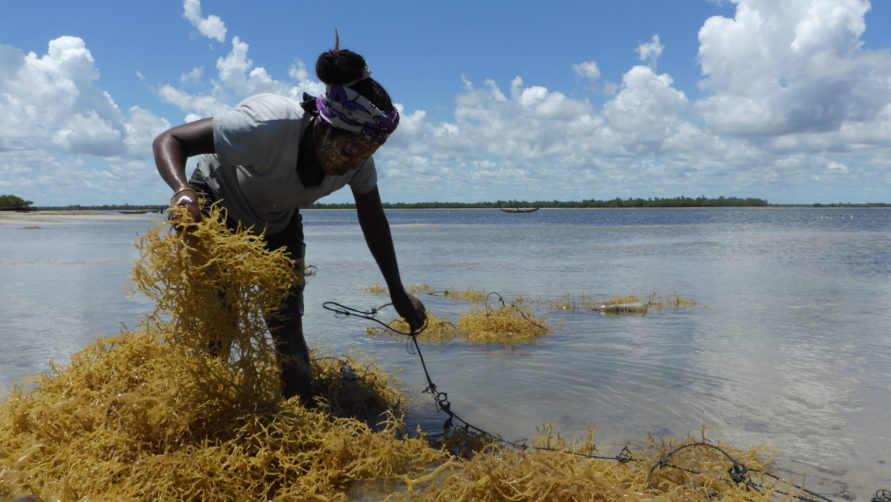

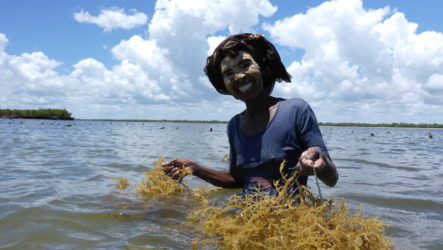
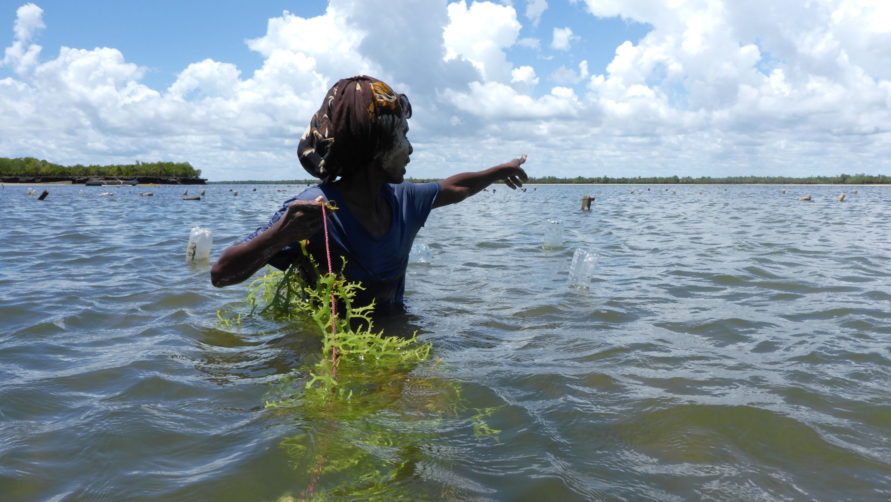
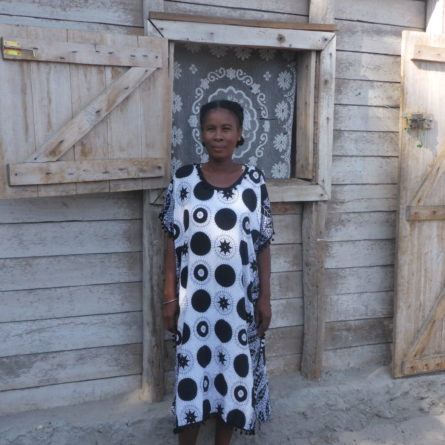
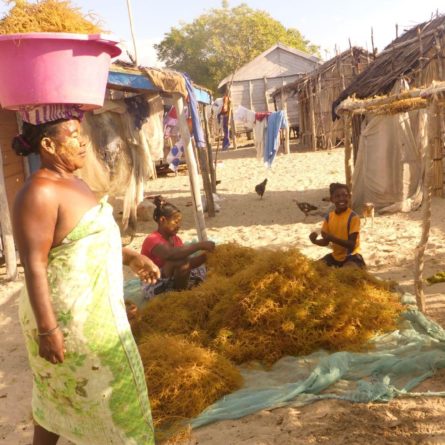
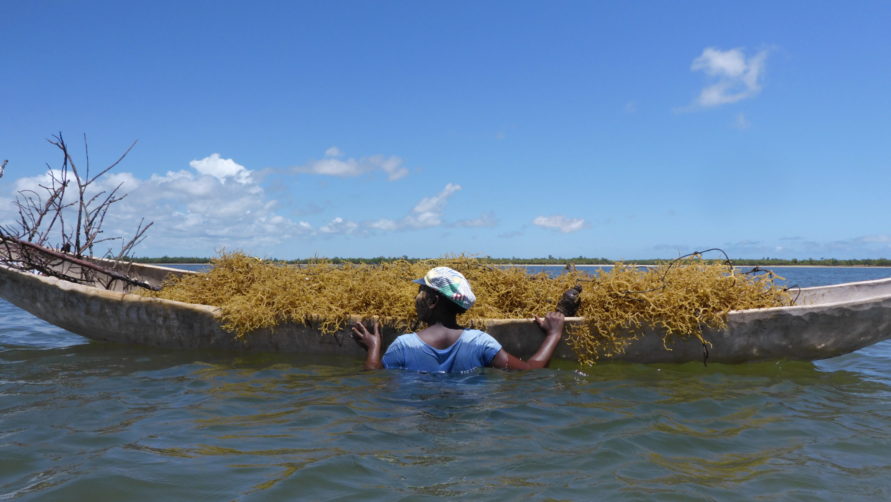
An amazing read and a wonderful sustainable innovative idea. Any chance of introducing to other. Regions in Africa with pristine waters such as somaliland?